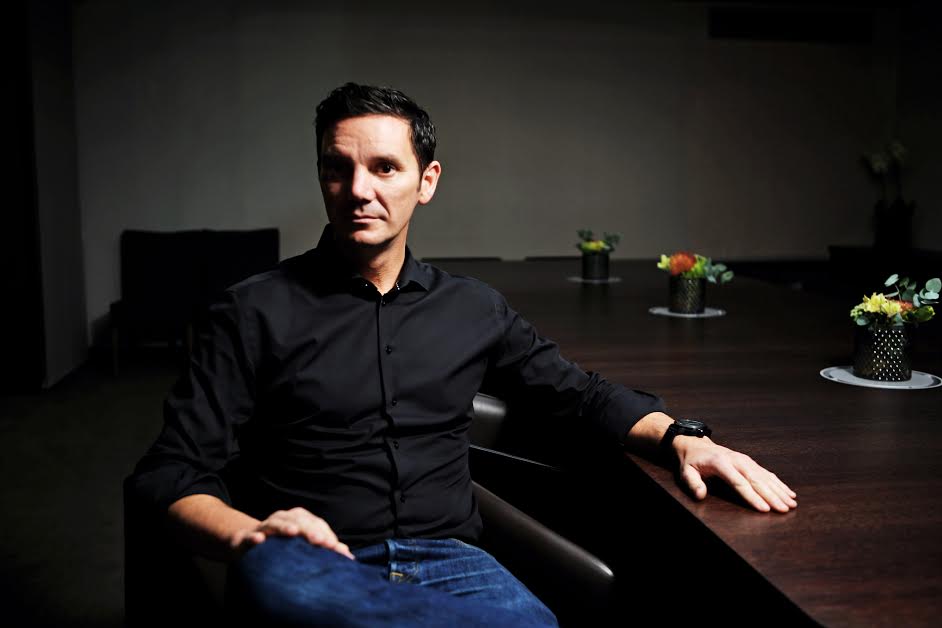All leaders are designers, according to U-M’s Jeffrey Sanchez-Burks. And “design thinking” is not limited to people in creative positions. Leaders are the designers and builders of their organizations and therefore have the obligation and the opportunity to employ design principles in their leadership. Widening the scope of who designs gives everyone the opportunity to use a design approach.
That’s just one takeaway from a recent webinar on design thinking, creativity, and innovation that Sanchez-Burks led May 3 as part of the Alumni Association’s series of events on entrepreneurship.
An associate professor of management and organizations at the Ross School of Business, he used his research, the research of other scholars in his field, case studies, corporate examples, and more to provide an analysis of the benefits of employing design thinking and creativity in any profession. Here are other takeaways:
• Knowing your users matters. Walt Disney is an an excellent example of someone who knew his users–children. When adults view the buildings in the Magic Kingdom, they seem off. But at a child’s height, they align perfectly. Knowing whom you are employing design thinking for, as well as their wants and needs, leads to better and more responsive solutions.
• People who are more attuned to collective feelings are better leaders. One area of Sanchez-Burks’ research is evaluating how well people read collective emotions. Like knowing your users, individuals who are better able to “read a room” can make fairer, and thus better, assessments of a group. To assess your emotional aperture, take the Emotional Aperture Measure.
• Structured brainstorming produces more and better ideas. In an unstructured brainstorm, ideas are often communicated and then forgotten. A structured brainstorm–where every idea is written down, no idea is shot down, and the team is encouraged to combine and build on the ideas of others–leads to quality innovation. Otherwise, good ideas are lost.
• People who bring personal aspects of themselves to their work create more and better ideas. Sanchez-Burks told the story of how liquid paper came to be. The inventor, Bette Graham, was both a typist and an artist. She often complained about having to start over when making typing errors. Serendipity struck when she created a liquid paper, made of paint, to fix typing mistakes. The idea was based on her work as an artist. Why did it take Bette as long as it did to create her invention? Would it have come sooner if she had not thought of these identities as separate? Regardless, employers should explicitly encourage employees, or even themselves, to think about other aspects of self outside of a professional identity when brainstorming.





